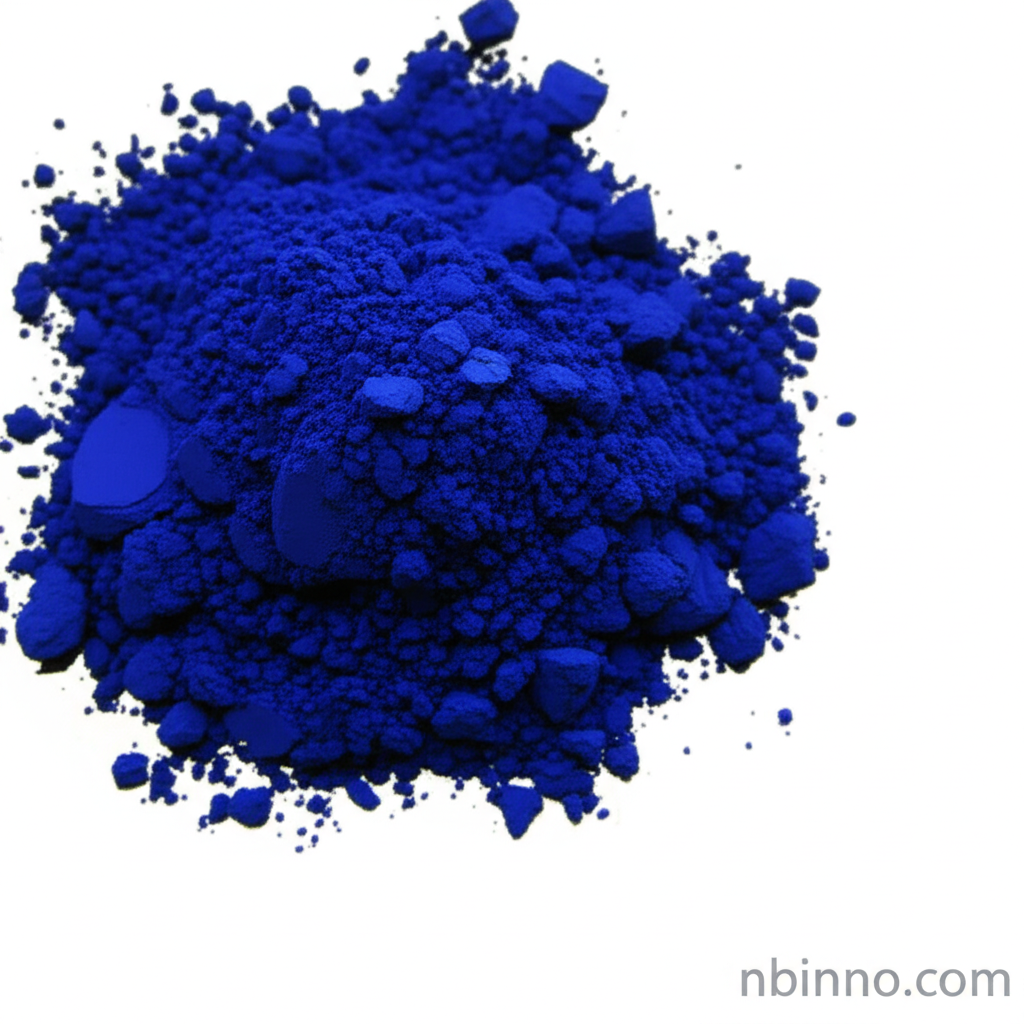Prussian Blue: A Deep Dive into its Properties and Applications
Discover the history, chemical nature, and diverse industrial uses of this iconic synthetic blue pigment.
Get a Quote & SamplePrussian Blue: The Versatile Blue Pigment

Prussian Blue
Prussian Blue, identified by CAS number 14038-43-8, is a complex inorganic salt renowned for its intense deep blue hue. This synthetic pigment, first discovered around 1704, boasts a rich history of use across various sectors, from artistic creations to critical medical applications. Its unique chemical composition makes it a valuable compound in many industrial processes.
- Learn about Prussian Blue pigment properties, including its chemical formula (C18Fe7N18) and molecular weight (859.23 g/mol).
- Explore the historical significance and history of Prussian Blue pigment, tracing its journey from accidental discovery to widespread industrial adoption.
- Understand the Prussian Blue applications in textiles and its role as a vibrant and stable coloring agent in fabric manufacturing.
- Discover its critical function as a medical antidote for heavy metal poisoning, particularly for thallium and cesium, highlighting its life-saving capabilities.
Key Advantages and Characteristics
Exceptional Color Intensity
Prussian Blue offers a deep, vibrant blue color with a high tinting strength, making it a preferred choice for achieving rich blue shades in paints, inks, and other materials.
Chemical Stability
It demonstrates good stability in weak acids but is decomposed by strong alkalis, requiring careful consideration in formulation and application. It is also noted to be light-sensitive.
Diverse Industrial Utility
Beyond its artistic applications, Prussian Blue serves crucial roles in fields such as battery materials and histopathology for iron detection, showcasing its broad industrial impact.
Key Applications
Artistic Media
Widely used as a pigment in paints, inks, and watercolors for centuries, contributing to iconic artworks by masters like Hokusai and Picasso.
Textile Dyeing
Employed in the textile industry for dyeing fabrics, offering a cost-effective and deep blue coloration option.
Medical Treatment
Serves as a vital oral medication for treating poisoning by radioactive isotopes of cesium and thallium, binding to these elements in the intestines to prevent absorption.
Material Science
Emerging applications include its use in battery cathode materials, demonstrating its potential in advanced energy storage solutions.
